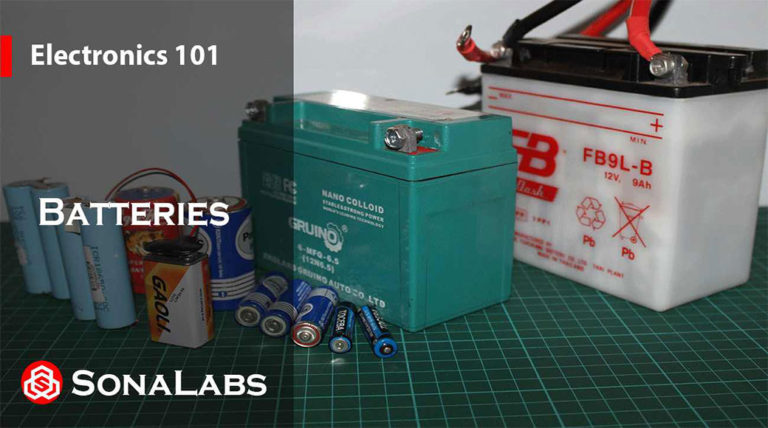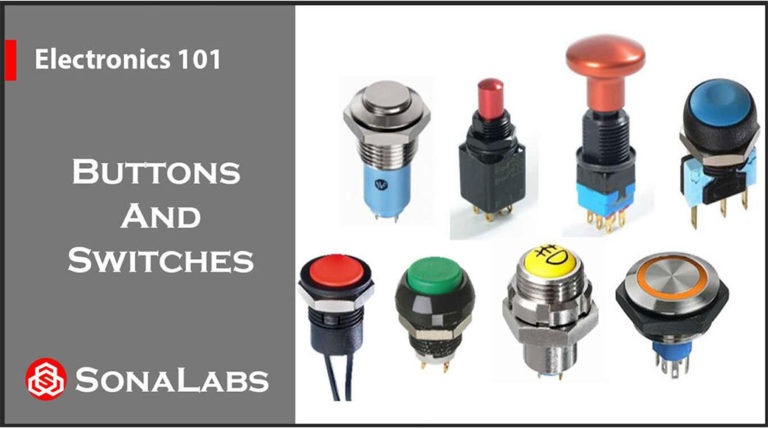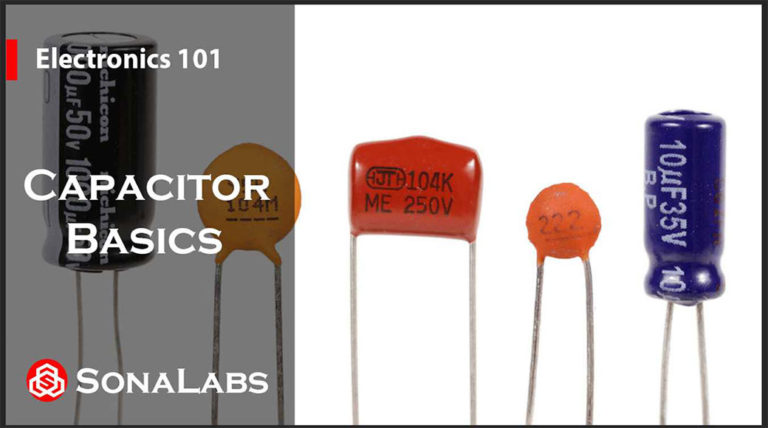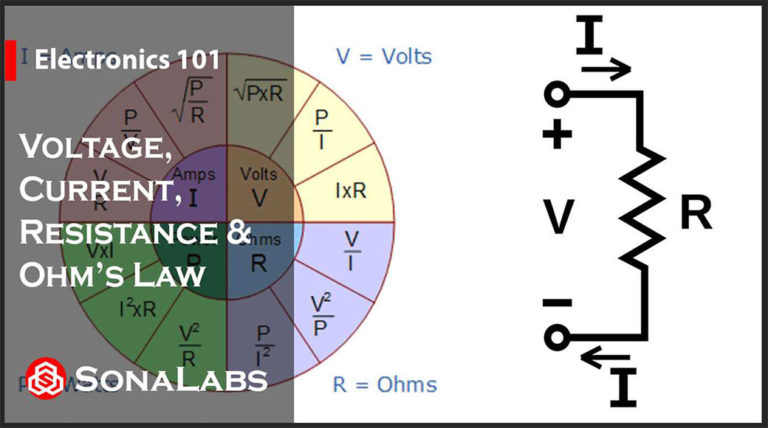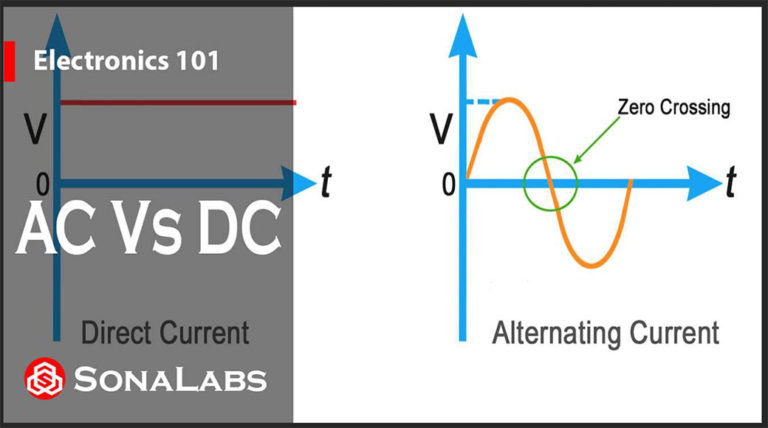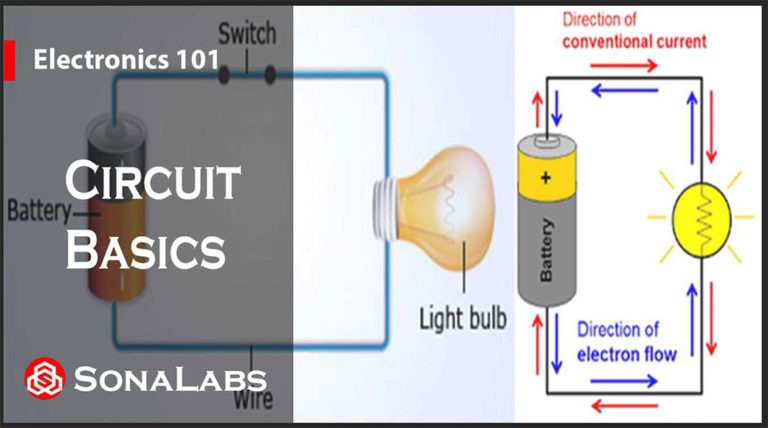Lesson-10 Battery Technologies
This tutorial will mainly focus on the most often used batteries in our D.I.Y Mechatronics projects as there are quite a number of different battery technologies on the market today. We shall cover a number of things concerning batteries which include but not limited to the following; the different types of batteries, the defining characteristics…


